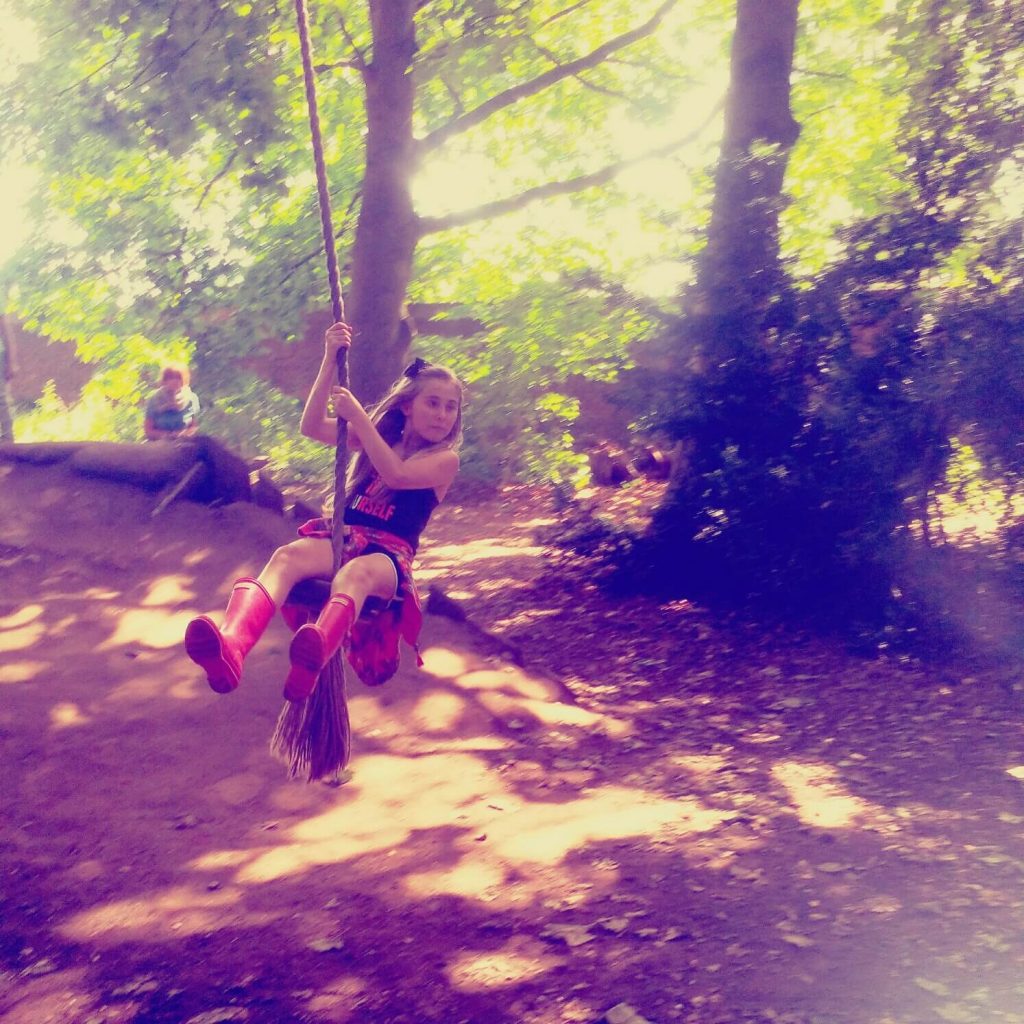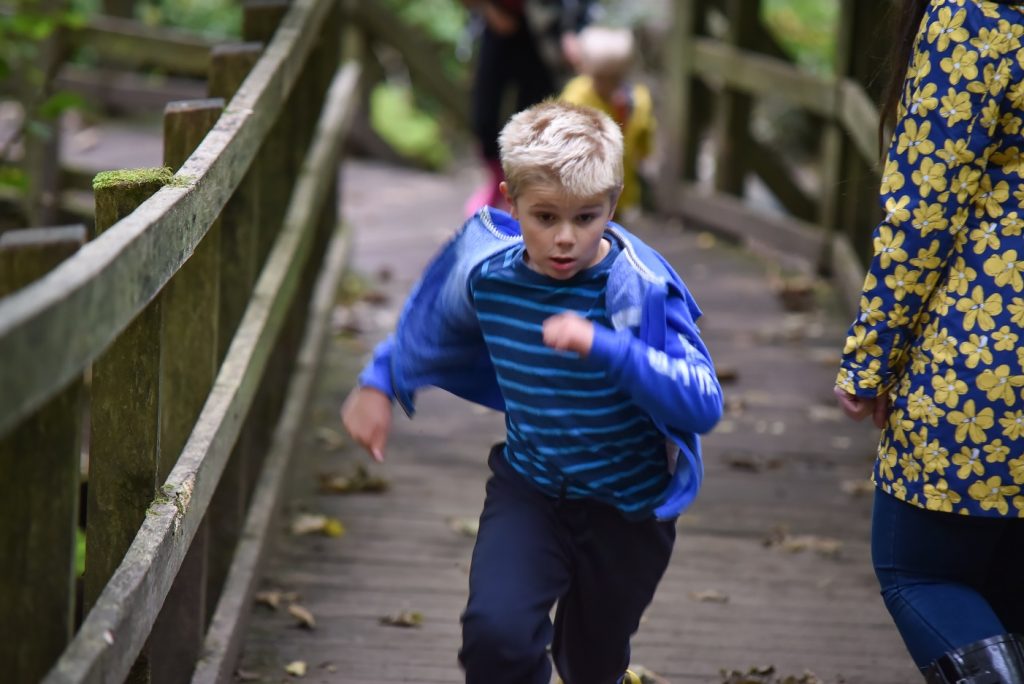Totally normal
The bulk of parents will have had a child with a head injury of some sort by the time their child is five. It just goes with the territory. Small children fall over, they crash into things, into other children, and it doesn’t matter how much you try to protect them and keep them safe, it will happen.
It isn’t your fault, it’s just what happens.
For children with autism, headbanging and self-harm are common ways to communicate. Here’s an updated guide about autism headbanging that can give you more insight and strategies into why children use this for communication and to attention.
What to do
It can be really hard when your child bumps their head as it is very frightening for some parents, depending on what has happened. Some people are able to stay calm and others are not. Again that is totally normal.
If it’s a bad bump or a deep cut it is always advisable to get checked out by medical staff. If your child is under three I would take them straight to Accident and Emergency. In the past I have been advised to take my children to an emergency doctor, or a community hospital, but then been told they couldn’t be treated because of their age. It was just more time wasted.
I carry around steristrips and I have done since my older children were very small. I’ve used them on my own and my friends children so it certainly pays to carry them. I’ve cleaned the wound, pinched the skin together and applied the steristrip. I’m not an expert but I was shown how to do this a few years back and each time I’ve done it since, medical staff have said it was hugely beneficial to have had this on in the time it took to be seen in hospital.
After a bump on the head
After a bump on the head there are a number of things to keep an eye on. You should keep a close eye on your child for up to 48 hours after the bump to the head.
Some children with minor head injuries experience vomiting or drowsiness and recovery without any lasting effects.
Things to watch out for
Vomiting – your child may have vomited immediately after they bumped their head. This is quite normal. However, frequent vomiting that starts several hours following the injury could be an indication of something more serious and needs medical attention.
Drowsiness – Your child may be quite sleepy following a head injury. This is a normal reaction to having a bump on the head. You can let your child sleep but keep checking that they are rousable. I always struggle with this and don’t like them to sleep after a bump on the head.
You can gently shake their shoulder, a sleeping child will respond by moving slightly or murmuring, an unconscious child will not.
Headaches – Your child may complain of a headache, again this is quite normal. You could try Calpol as directed on the bottle for their age. If the headache is severe and not relieved by the Calpol, you should seek medical attention.
Dizziness – This may be associated with vomiting in a younger child and it might be detected by not wanting to move. Staying in one position may feel more comfortable for them and if they are moved they may vomit. You might also notice they are unsteady on their feet. If you are concerned seek medical attention.
Blurred vision – In older children this may also be linked to dizziness and vomiting, but it is harder to spot in a younger child.
A convulsion, seizure or fit – this is very rare following a head injury. If your child has a fit you should ring 999 for an ambulance immediately.





2 comments
Good article. It is often something that can be dealt with by self care and you can call 111 for advice
Great advice…It’s always such a worry when your children have a bump to the head x